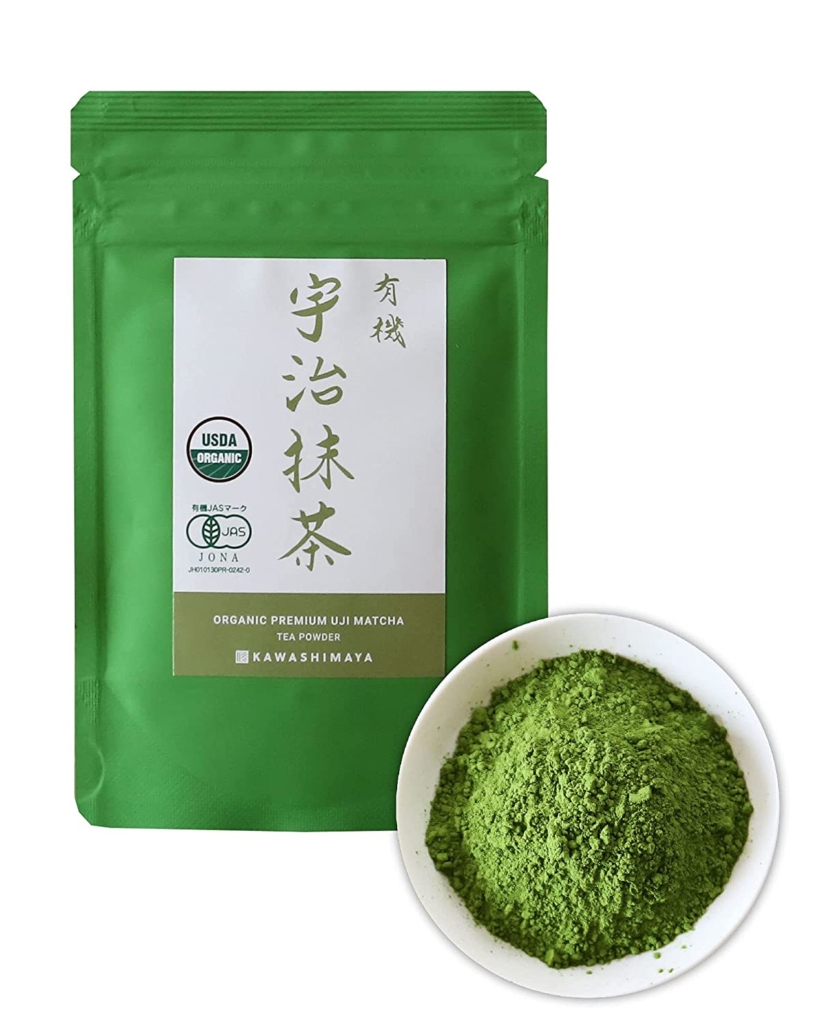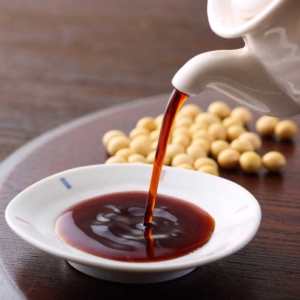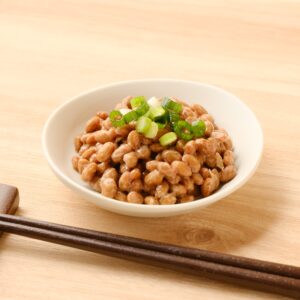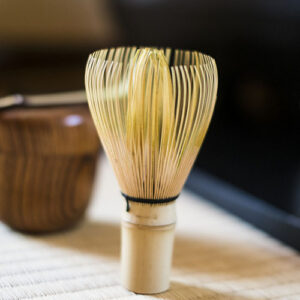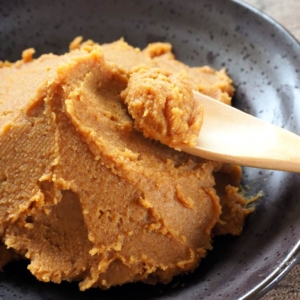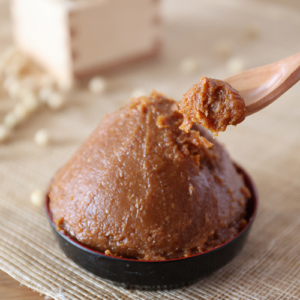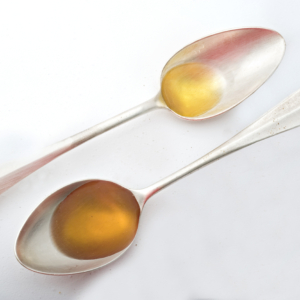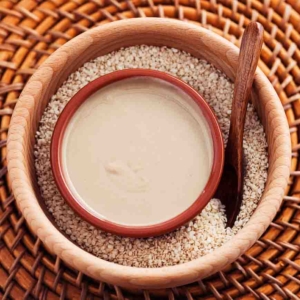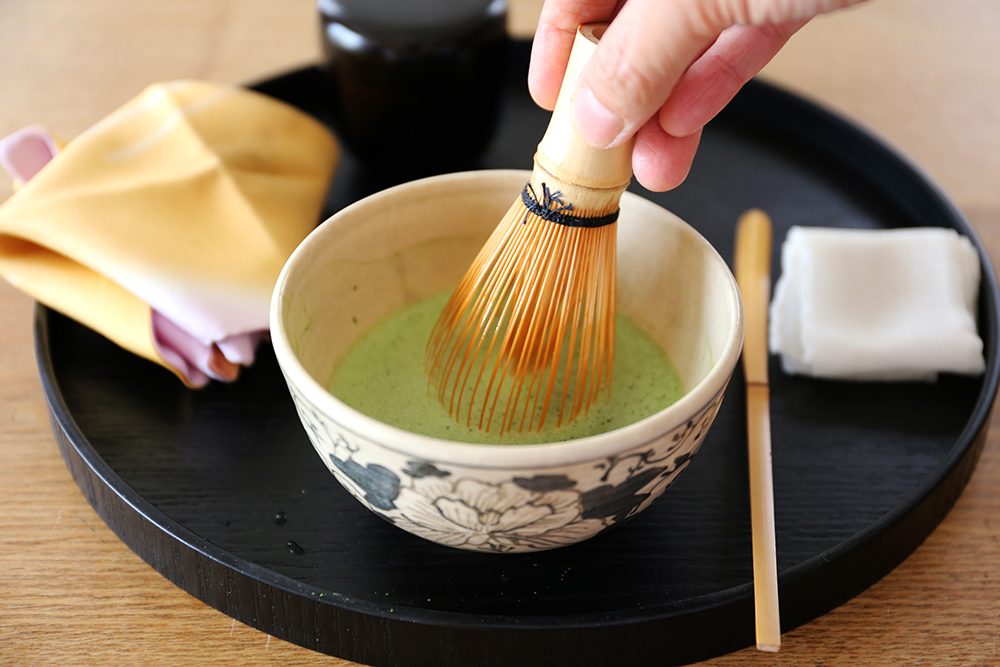
In Japan, matcha is selected by considering a spectrum of quality, it is not categorized into fixed categories per se. However, outside Japan, matcha is often categorized into two grades: ceremonial matcha and culinary matcha. What is the difference between these two and can you use ceremonial matcha for culinary use?
Ceremonial Matcha VS Culinary Matcha
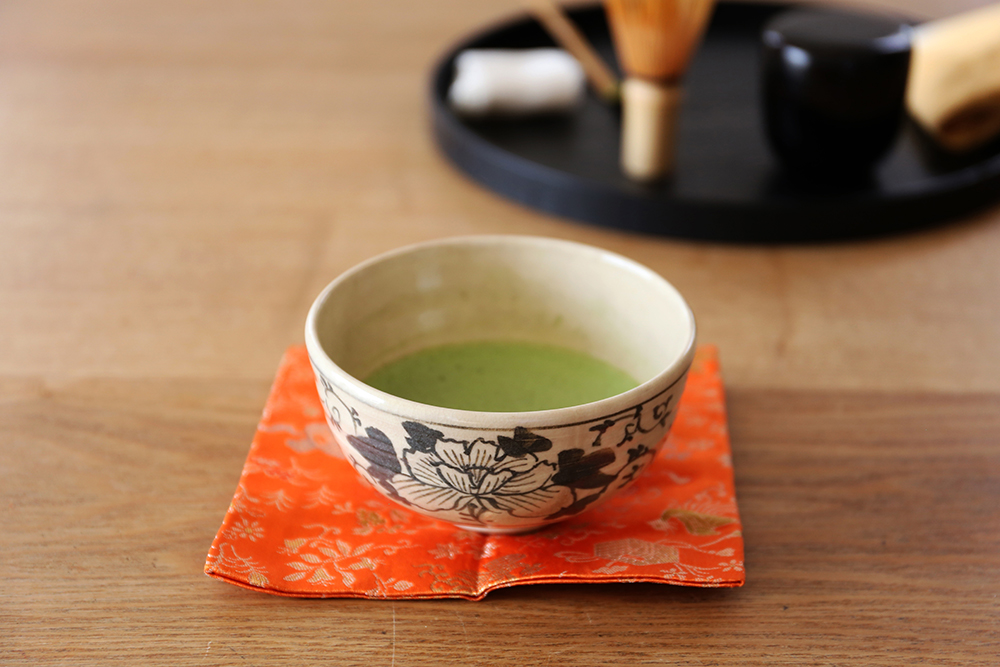
In Japan, matcha is not particularly divided into categories, then what’s the deal with terms like ceremonial and culinary matcha, and are there actual differences?
Ceremonial matcha and culinary matcha are differentiated from the usage. Ceremonial matcha is best enjoyed on its own, hence making it perfect for Japanese tea ceremonies. As with culinary matcha, it is intended for mixing into food and drinks like matcha desserts or lattes.
Overall, matcha quality is determined through how it is cultivated, where it is grown, and the way it is processed. Some brands determine the matcha grade from the harvest time. For example, ceremonial matcha is made from first harvest tea leaves, and culinary matcha is made from second to later harvest. From what we know, first harvest tea does taste better than tea from later harvests.
There Is No Official Standardization For Ceremonial And Culinary Matcha
There is no official standardization for matcha grades. In the end, the ‘ceremonial’ and ‘culinary’ terms are used to categorize usage and as a rule of thumb to differentiate between higher quality matcha and lower quality matcha in the US market. It is not an exact equation as each brand can differ slightly in how they determine the matcha quality, but it can be the first step to consider when deciding which matcha to buy.
How To Choose Matcha For Ceremonial Use
The tea ceremony requires high-quality matcha since the tea is the main star of the event. To know which matcha to choose for ceremonial use, you can decide based on these indicators:
- Choose matcha that uses tea from first harvest
- Real matcha is made from tencha tea leaves
- Vibrant green color
- Strong tea fragrance
- Umami
- Slight pleasant bitterness
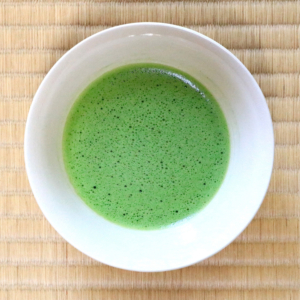
How To Brew Matcha Correctly
When not brewed correctly, the deliciousness of good quality matcha can’t be enjoyed properly.
The best way to brew matcha is to use a bamboo whisk. Right now, you can easily find bamboo whisk online for a reasonable price. The key to matcha brewing is to whisk the matcha in front-back linear motion instead of circular.
It’s common for high-quality matcha to have clumps. This is caused by the static force during the stone milling process, so it is completely normal. To remove clumps, you can sift the matcha first before adding the water. You also need to whisk the matcha thoroughly to completely dilute it.
In the traditional tea ceremony itself, there are a lot of ways to brew matcha depending on the tea ceremony schools. Here, we will introduce the simplest way to brew matcha whether using traditional tools or using modern tools.
How To Brew Matcha
1. Add 1.5g (0.05oz) matcha into a small bowl or a mug
2. Pour 70ml water in 75 to 85 degrees Celcius (167~185 degrees Fahrenheit)
3. Whisk thoroughly with a bamboo whisk in fast linear motion until frothy. You can also use a milk foamer to whisk the matcha.
Recipes Using Matcha
Ceremonial matcha is usually best enjoyed on its own. But if you have a lot of leftover matcha, you can use ceremonial grade matcha for confectionary use. There is no fixed rule where you can use ceremonial matcha for culinary use or not. So, if you want to make a premium-grade matcha dessert, feel free to use premium quality matcha (even the ceremonial variant) for it.
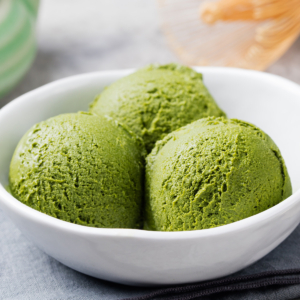
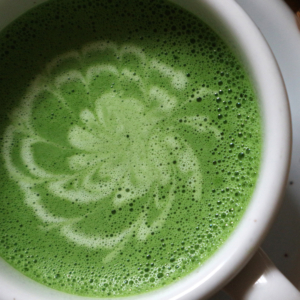
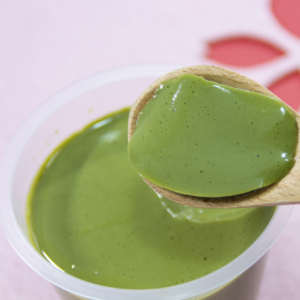
Where to Buy Ceremonial Matcha
As the popularity of Japanese green tea and tea ceremony grows bigger every day, it’s easier to find matcha whether online, at a supermarket, or at a specialty tea shop.
Ceremonial matcha is also available at Kawashimaya The Japan Store.
Kawashimaya premium matcha is cultivated in the organic tea plantation located in an undeveloped natural valley of Ujitawara Town in Kyoto. We selectively harvest the first tea at the right time when the weather is cold to deliver the premium matcha green tea. We are highly committed to delivering safe, organic, high-quality matcha & green tea products while preserving the environment’s natural beauty with organic farming.
Find the link below to check them out.
Find Matcha On Our Website
Also Available On Amazon USA
Organic Matcha Green Tea Powder, Premium Ceremonial Grade First Harvest from Uji Kyoto – USDA & JAS Certified, Radiation Free, Made in Japan by Kawashimaya 1.06oz (30g)
The highest-grade matcha available, perfect for making traditional matcha with a divine taste. Enjoy the 100% grounded first harvest green tea with vivid green, authentic, rich & mellow taste with no astringency. Organic certified & tested for radiation-free tea. Originated from Uji, Kyoto.
Matcha Health Benefits
- 1 cup matcha nutrients is equivalent to 10 cups of green tea
- Matcha contains 137 times more antioxidants (catechins) than green tea. It is a natural detox for our body
- Rich in active amino acids (L-thianine) that give relaxation, focus & calming effects
- Excellent energy source from Chrolophyll & Caffeine
- Zero-calorie tea that boosts metabolism and burns fat, ready to support your healthy diet
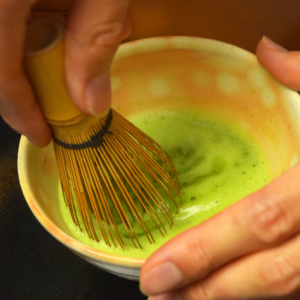
Matcha Q&A
Product Recommendation
Buy On Amazon USA
Organic Matcha Green Tea Powder, Premium Ceremonial Grade First Harvest from Uji Kyoto – USDA & JAS Certified, Radiation Free, Made in Japan by Kawashimaya 1.06oz (30g)
The highest-grade matcha available, perfect for making traditional matcha with a divine taste. Enjoy the 100% grounded first harvest green tea with vivid green, authentic, rich & mellow taste with no astringency. Organic certified & tested for radiation-free tea. Originated from Uji, Kyoto.
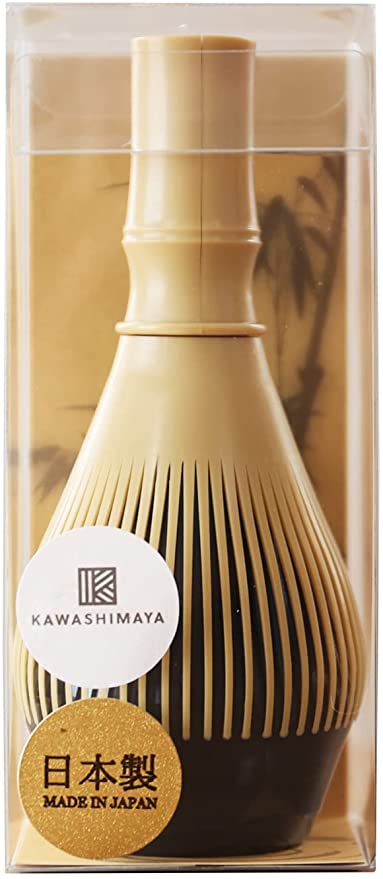
Reusable Matcha Whisk with Holder Set – Durable, Dishwasher Safe from Polypropylene Plastic, Made in Japan by Kawashimaya
Reusable chasen matcha whisk that is made from food-grade heat-resistant polypropylene. By using a strong material, you don’t have to worry about frequent washes. It can be disassembled for easy cleaning and is designed to be durable while also keeping the traditional shape and function. 100% Made in Japan.


